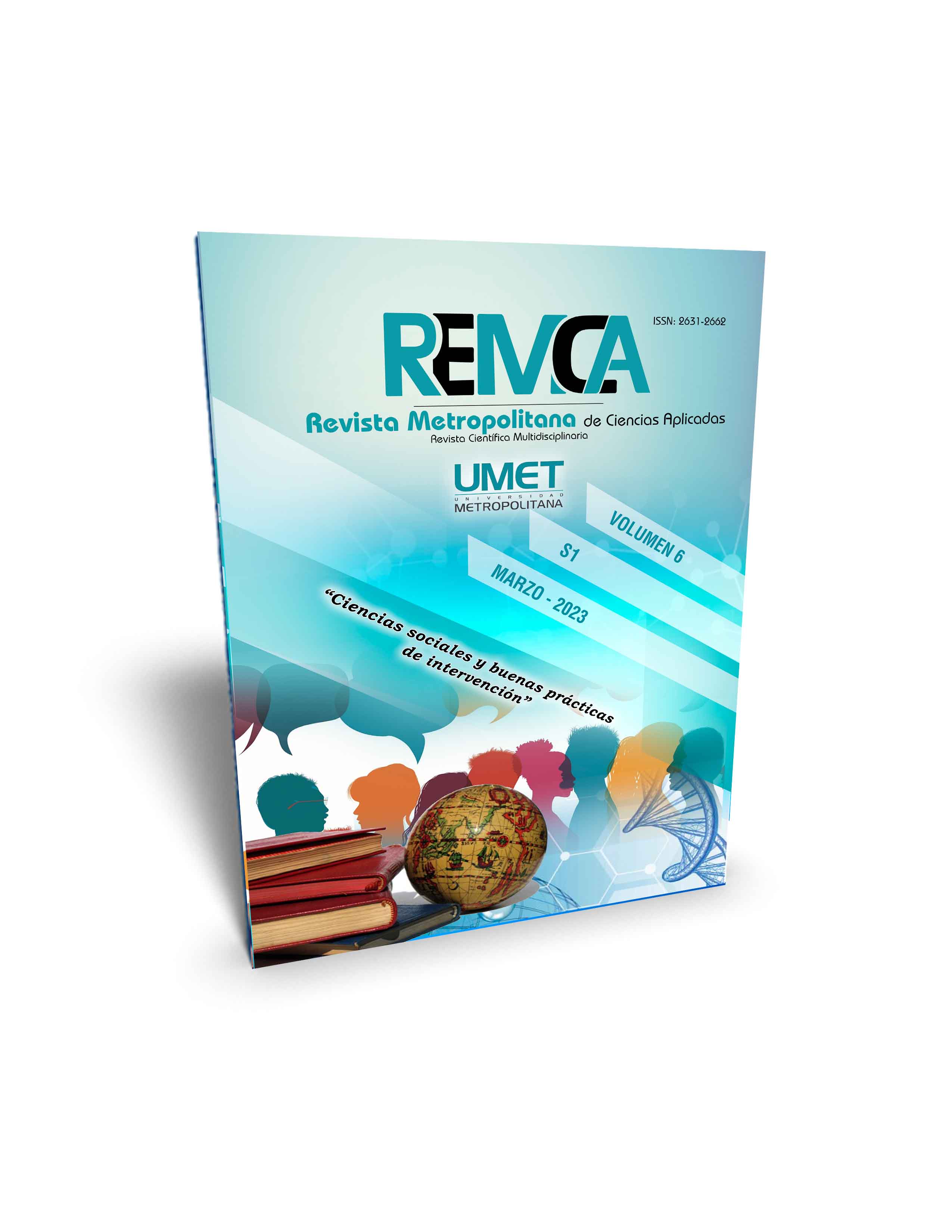El impacto del E-commerce como estrategia de comercialización para las microempresas de la ciudad de Machala
DOI:
https://doi.org/10.62452/7h71m458Palabras clave:
E-commerce, microempresas, herramientas digitales, comercio, estrategias de comercializaciónResumen
En el presente trabajo de investigación se analiza el impacto del e-commerce como estrategia de comercialización para las microempresas de la ciudad de Machala. El objetivo general para la presente investigación es el siguiente: Determinar el impacto del e-commerce como estrategia de comercialización para las microempresas de la ciudad de Machala, a través de las fuentes primarias y secundarias de información disponibles. La metodología empleada responde a una investigación descriptiva, de campo y documental. Los resultados obtenidos demuestran que si bien las actividades comerciales y productivas a través de medios electrónicos han impulsado a muchas empresas y ha contribuido a su crecimiento, también existen microempresas que se resisten a utilizar estos medios. La dinámica de las ventas por internet implica algunos retos para las organizaciones y algunas no saben cómo enfrentarlos perdiendo las ventajas que este medio implica para sus negocios.
Descargas
Referencias
Arias, J., Villasís, M., & Miranda, M. (2016). El protocolo de investigación III: la población de estudio. Revista Alergia México, 63(2), 201-206.
Castaño, J., & Jurado, S. (2016). Comercio electrónico. Editex.
Chacha, H., & Vizcaíno, V. (2020). Importancia de las MIPYMES, en el desarrollo social y productivo del Ecuador. Revista Académica y científica VICTEC, 1(1), 126-130.
Cisneros, E. (2017). E-commerce Comercio Electrónico. Editorial Marcombo.
Dini, M., Gligo, N., & Patiño, A. (2021). Transformación digital de las mipymes. Elementos para el diseño de políticas. CEPAL.
Ecuador. Ministerio de Telecomunicaciones y de la Sociedad de la Información. (2020). El 82,3% de Mipymes en el Ecuador utilizan Internet. https://www.telecomunicaciones.gob.ec/el-823-de-mipymes-en-el-ecuador-utilizan-internet/
Ecuador. Universidad Espíritu Santo. (2022). Estudio de transacciones no presenciales en Ecuador. Universidad Espíritu Santo.
Ekos. (2021). En 2021, el comercio electrónico mantendrá un crecimiento sostenido en Ecuador. https://ekosnegocios.com/articulo/en-2021-el-comercio-electronico-mantendra-un-crecimiento-sostenido-en-ecuador#:~:text=El%20comercio%20electr%C3%B3nico%20en%20Ecuador,despu%C3%A9s%20en%20el%20comercio%20online
Fonseca, A. (2014). Marketing Digital en Redes Sociales: Lo imprescindible en Marketing Online para tue empresa en las Redes Sociales. Google Book.
Guevara, G., Verdesoto, A., & Castro, N. (2020). Metodologías de investigación educativa (descriptivas, experimentales, participativas, y de investigación-acción). Revista Científica Mundo de la Investigación y el Conocimiento, 4(3), 163-173.
Oropeza, D. (2018). La competencia económica en el comercio electrónico y su protección en el sistema jurídico mexicano. Universidad Autónoma de México.
Otzen, T., & Manterola, C. (2017). Técnicas de Muestreo sobre una Población a Estudio. International Journal of Morphology, 35(1), 227-232.
Rodríguez, G., Cano, E., & Ruíz, A. (2019). La competitividad en las microempresas en Manta 2019. Revista San Gregorio, 1(35), 51-69.
Somalo, I. (2017). El comercio electrónico: Una guía completa para gestionar la venta online. ESIC Editorial.
Sumba, R., & Santistevan, K. (2018). Las microempresas y la necesidad de fortalecimiento: reflexiones de la zona sur de Manabí, Ecuador. Universidad y Sociedad, 10(5), 323-326.
Ventura, J. (2017). ¿Población o muestra?: Una diferencia necesaria. Revista Cubana de Salud Pública, 43(4), 648-649.
Zambrano, B., Castellanos, E., & Miranda, M. (2021). El E-Commerce en las empresas ecuatorianas: Un análisis de los informes de la Cámara Ecuatoriana de Comercio Electrónico (CECE) en el marco de la pandemia covid-19. Revista Publicando, 8(29), 13-20.
Descargas
Publicado
Número
Sección
Licencia
Derechos de autor 2023 Erick Josué Cajamarca-Ramos, Jorge Luis Delgado-Garrido, Michael Andrés Zamora-Campoverde (Autor/a)

Esta obra está bajo una licencia internacional Creative Commons Atribución-NoComercial-CompartirIgual 4.0.
Los autores que publican en la Revista Metropolitana de Ciencias Aplicadas (REMCA), están de acuerdo con los siguientes términos:
1. Derechos de Autor
Los autores conservan los derechos de autor sobre sus trabajos sin restricciones. Los autores otorgan a la revista el derecho de primera publicación. Para ello, ceden a la revista, de forma no exclusiva, los derechos de explotación (reproducción, distribución, comunicación pública y transformación). Los autores pueden establecer otros acuerdos adicionales para la distribución no exclusiva de la versión de la obra publicada en la revista, siempre que exista un reconocimiento de su publicación inicial en esta revista.
© Los autores.
2. Licencia
Los trabajos se publican en la revista bajo la licencia de Atribución-NoComercial-CompartirIgual 4.0 Internacional de Creative Commons (CC BY-NC-SA 4.0). Los términos se pueden consultar en: https://creativecommons.org/licenses/by-nc-sa/4.0/deed.es
Esta licencia permite:
- Compartir: copiar y redistribuir el material en cualquier medio o formato.
- Adaptar: remezclar, transformar y crear a partir del material.
Bajo los siguientes términos:
- Atribución: ha de reconocer la autoría de manera apropiada, proporcionar un enlace a la licencia e indicar si se ha hecho algún cambio. Puede hacerlo de cualquier manera razonable, pero no de forma tal que sugiera que el licenciador le da soporte o patrocina el uso que se hace.
- NoComercial: no puede utilizar el material para finalidades comerciales.
- CompartirIgual: si remezcla, transforma o crea a partir del material, debe difundir su creación con la misma licencia que la obra original.
No hay restricciones adicionales. No puede aplicar términos legales ni medidas tecnológicas que restrinjan legalmente a otros hacer cualquier cosa que la licencia permita.




